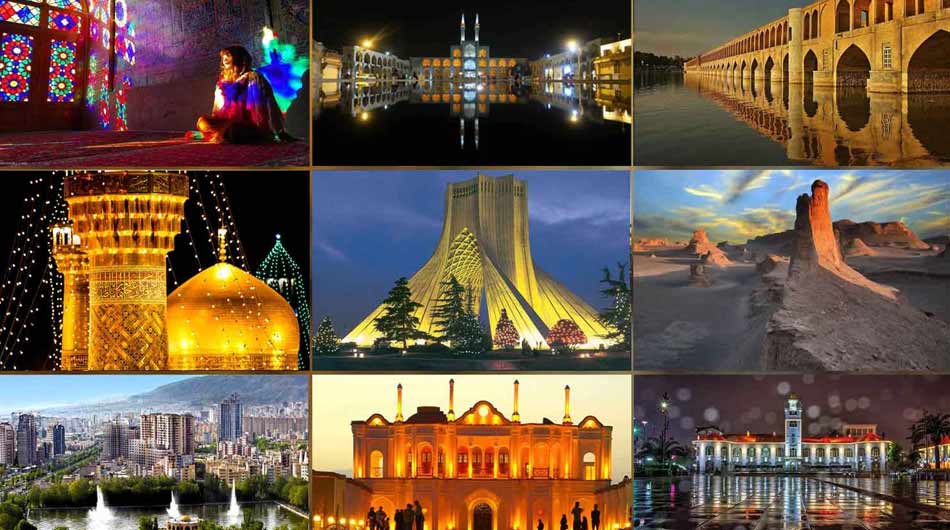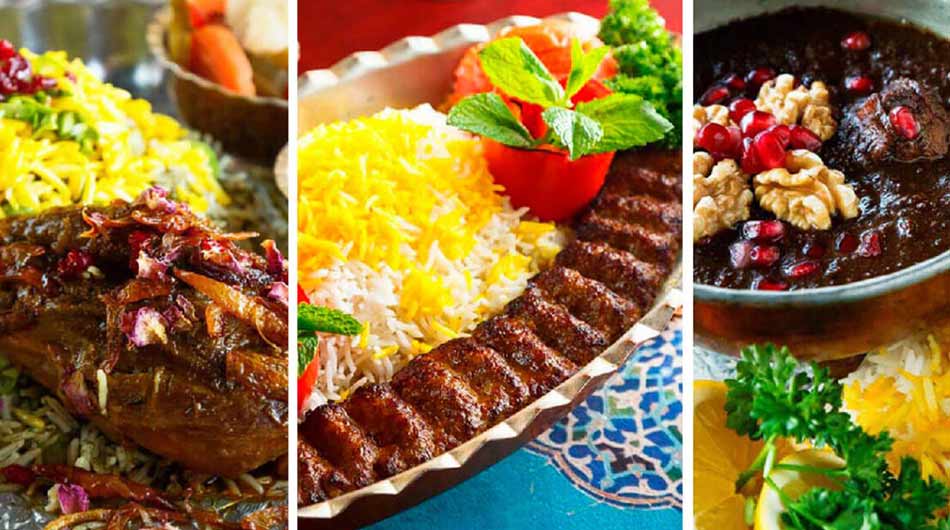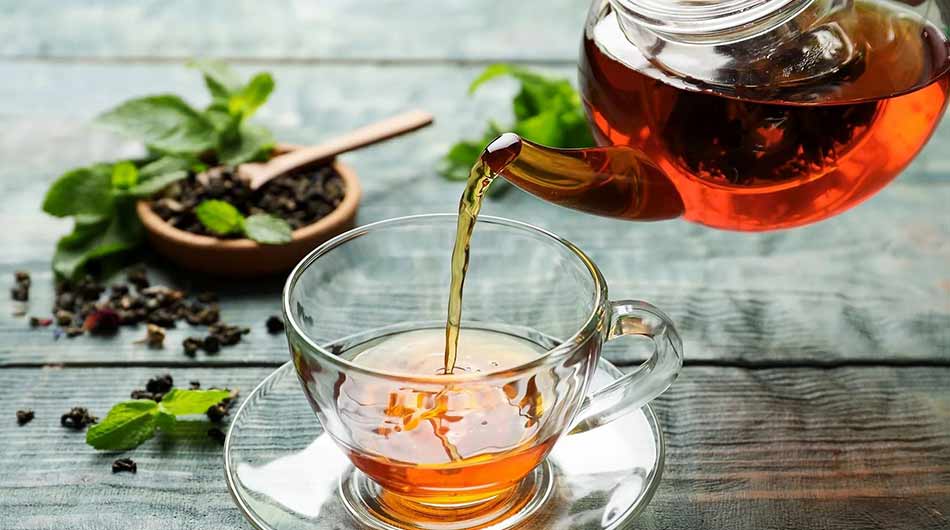Culture and Customs of Iranian People
The culture and customs of the Iranian people are a testament to the enduring legacy of their ancient civilization. With a profound respect for family, tradition, and community, Iranians continue to uphold their rich cultural heritage in a rapidly changing world. The beauty of Iranian culture lies in its ability to blend ancient traditions with contemporary life, creating a vibrant and dynamic society that honors its past while embracing the future.
Iran, a country steeped in history and tradition, boasts a rich cultural heritage that dates back thousands of years. The diverse customs and traditions of the Iranian people reflect their deep-rooted historical influences, as well as the social and religious fabric of the nation. From the grandeur of ancient Persian empires to the intricate tapestries of contemporary life, Iranian culture is a tapestry of vibrant traditions, colorful rituals, and a profound sense of community.
Family and Social Structure
Family is the cornerstone of Iranian society. Respect for elders, close-knit family ties, and a strong sense of duty towards family members are fundamental values. Iranians often live in extended family units, and it is common for several generations to reside under one roof. This familial bond extends to a broader sense of community, where neighbors and friends are considered part of the extended family.
In Iranian culture, hospitality is a revered virtue. Guests are treated with the utmost respect and generosity, often being offered the best food and accommodations available. This tradition of hospitality, known as mehmaan-navaazi, is a testament to the warmth and kindness that characterize Iranian social interactions.
Language and Literature
The Persian language, Farsi, is a significant element of Iranian identity. It is the medium through which much of Iran’s rich literary heritage has been expressed. Renowned poets like Rumi, Hafez, and Ferdowsi have left an indelible mark on Persian literature, with their works being celebrated for their profound philosophical insights and lyrical beauty. Poetry is an integral part of Iranian culture, and it is not uncommon for people to recite verses in everyday conversations.
Religion and Rituals
Islam, specifically Shia Islam, is the dominant religion in Iran, shaping much of the country’s cultural and social practices. Religious observances and rituals play a crucial role in daily life. The holy month of Ramadan is observed with fasting and special prayers, culminating in the celebration of Eid al-Fitr. Another significant religious event is Ashura, commemorating the martyrdom of Imam Hussein, a central figure in Shia Islam. This day is marked by processions, reenactments, and public displays of mourning and solidarity.
Zoroastrianism, although practiced by a minority, continues to influence Iranian customs. The festival of Nowruz, the Persian New Year, is a prime example. Celebrated on the vernal equinox, Nowruz is a time of renewal and rejuvenation. Families gather to feast, exchange gifts, and partake in various rituals, such as Haft-Seen, where seven symbolic items are displayed on a table, each representing a different aspect of life and nature.
Arts and Architecture
Iranian art and architecture are renowned for their intricate designs and symbolic meanings. Persian carpets, known for their exquisite craftsmanship and intricate patterns, are among the most famous symbols of Iranian artistry. These carpets are often handwoven, with each design telling a unique story or conveying specific cultural motifs.
Iranian architecture, with its majestic mosques, palaces, and gardens, reflects the grandeur of its historical empires. The use of geometric patterns, calligraphy, and vibrant tiles is a distinctive feature of Iranian architectural design. The Nasir al-Mulk Mosque in Shiraz, also known as the Pink Mosque, is a stunning example of this architectural brilliance, with its colorful stained glass windows casting a kaleidoscope of colors across the interior.
Cuisine
Iranian cuisine is a delightful blend of flavors, aromas, and textures. Rice, known as chelow or polow, is a staple, often served with a variety of stews and kebabs. Herbs and spices play a crucial role in Iranian cooking, with saffron, turmeric, and dried limes being commonly used. Traditional dishes like ghormeh sabzi (herb stew), fesenjan (pomegranate walnut stew), and chelow kebab (rice with grilled meat) are beloved across the country.
Tea, or chai, is the national drink, and it is often enjoyed throughout the day. It is typically served with sugar cubes and sometimes flavored with cardamom or rose water. The ritual of tea drinking is a social affair, often accompanied by conversations and gatherings.
Festivals and Celebrations
In addition to Nowruz, Iran celebrates several other festivals and cultural events. Chaharshanbe Suri, the Festival of Fire, takes place on the eve of the last Wednesday before Nowruz. People light bonfires and jump over them, symbolizing the purification of the past year’s misfortunes and the welcoming of the new year’s hopes and joys.
Yalda Night, celebrated on the longest night of the year, is another cherished tradition. Families gather to eat, drink, and read poetry, particularly the works of Hafez, to celebrate the triumph of light over darkness.
Tags:Adventure holidays, Best time to travel to iran, best tour operator iran, chai, Cultural sites of Iran, culture and customs of the Iranian people, Culture Iran, Culture of Iranian People, Farsi, Holiday in Iran, Iran, Iran Architectural, iran attractions, Iran cultural, iran destinations, Iran sightseeing tours, iran Solo trip, iran tour, Iran tour packages, iran tourist attractions, Iran travel agency, iran travel expenses, Iran Travel Guide, Iran Travel Tips, Iranian Cuisine, Iranian culture, must-visit Iran, Nasir al-Mulk Mosque, Nowruz, persia tour, Persian language, Surfing In Iran, Tea, top tourist destinations, travel to iran, travelling to iran, trip to iran, vacation packages, visit iran, Yalda night, درنا گشت





